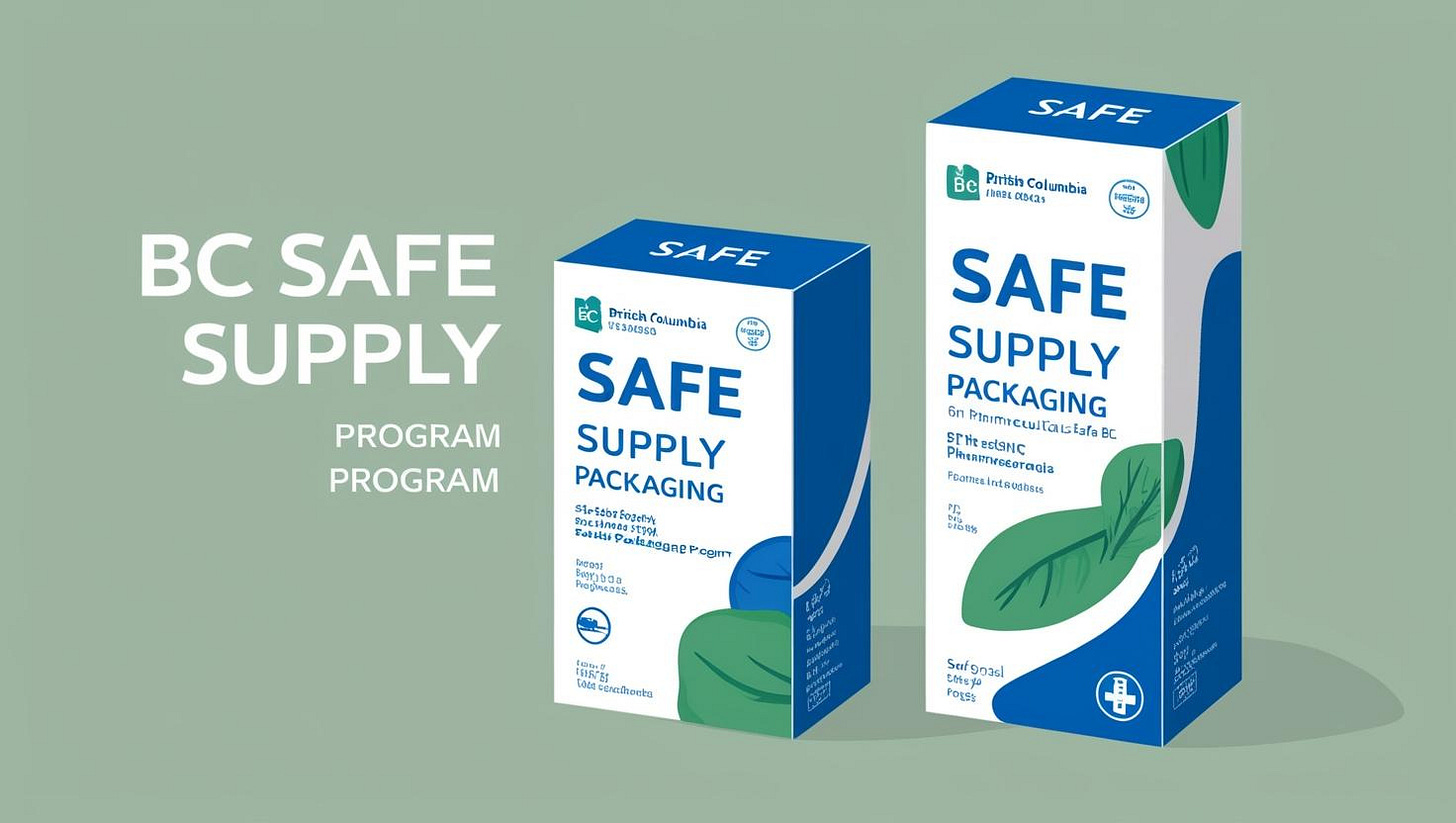Breaking - Health Minister States Safe-Supply changes
Safe supply must now be used in front of a pharmacist
B.C. Cracks Down on Safer Supply: Witnessed Consumption Now Mandatory
British Columbia’s so-called “safer supply” program was meant to provide pharmaceutical-grade opioids to people at risk of overdose. The idea was simple: instead of relying on the toxic street drug supply, individuals would get access to safer alternatives like hydromorphone through prescriptions.
In theory, this approach would reduce deaths and harm. In practice, it has spiralled into a crisis of its own. A growing body of evidence shows that massive amounts of prescribed opioids have been diverted into the black market. Investigations uncover the sale of safer drugs to dealers, their resale to youth, and their trafficking beyond British Columbia.
Now, after months of backlash and leaked documents exposing the scale of the problem, the provincial government is making a major change: patients will no longer be allowed to take prescribed opioids home. Instead, they must consume them under supervision.
Leaked Documents Expose Rampant Diversion
Recent disclosures from the Ministry of Health in British Columbia have revealed the severity of the situation. Hydromorphone, the main drug used in safer supply, has flooded the streets. Reports suggest that instead of reducing toxic drug use, vast amounts of these prescriptions have ended up in the hands of traffickers. Some of the drugs have even been sold outside of Canada.
If that was not enough, over 60 pharmacies are now under investigation for allegedly participating in kickback schemes. Whistleblowers claim that incentives were offered to doctors, housing providers, and patients to increase the dispensing of these drugs.
With public pressure mounting, Health Minister Josie Osborne announced an immediate overhaul of the program.
New Rules to Curb Diversion
The government’s solution is clear: no more take-home doses. All safer supply prescriptions must now be consumed under supervision.
The policy will be enforced through several measures:
Supervised Dosing in Pharmacies: Patients must take their medication in front of a pharmacist or healthcare worker.
Consumption Spaces in Clinics: Some healthcare facilities will create private areas where patients can consume their doses under observation.
Overdose Prevention Sites: Staff members monitor patients' intake at these locations.
Daily Dispensing: Instead of receiving a week’s worth of medication at once, patients must now visit pharmacies daily for witnessed consumption.
The Challenges Ahead
While the government hopes this policy will curb diversion, it also raises serious concerns:
Pharmacist Overload: Many pharmacies lack the staff or space to supervise consumption. This could lead to longer wait times and major logistical issues.
Privacy Concerns: Being forced to take medication under supervision could deter some patients from participating in the program.
Rural Access Issues: Not everyone has easy access to a pharmacy or clinic. For those in remote areas, this change makes it nearly impossible to stay on the program.
A Booming Black Market: Critics warn that restricting access will push many users back to street drugs, undoing any progress the program may have made.
Is Safer Supply Even Working?
Although B.C. has defended safer supply as a harm reduction strategy, the data on overdose deaths presents a different picture.
In 2023 alone, approximately 2,500 people died from opioid overdoses in the province. This is nearly double the annual total from 2016, when B.C. first declared a public health emergency over drug deaths. Despite safer supply being in place, deaths have remained at record highs.
Some experts argue that while the program may help a small number of people, its design flaws have made the crisis worse. By handing out pharmaceutical opioids with almost no oversight, the government created a second drug pipeline, one that has fueled addiction rather than reduced harm.
Will This Fix the Problem?
The shift to witnessed consumption is a drastic move, and it signals that the government is finally acknowledging the disastrous unintended consequences of its safer supply model.
But will it work? Or will it push users back to even riskier alternatives?
With pressure mounting and overdose deaths refusing to decline, B.C.’s harm reduction strategy is now under more scrutiny than ever. The next few months will reveal whether this policy shift is a real solution—or just another layer of bureaucracy on an already failing system.





